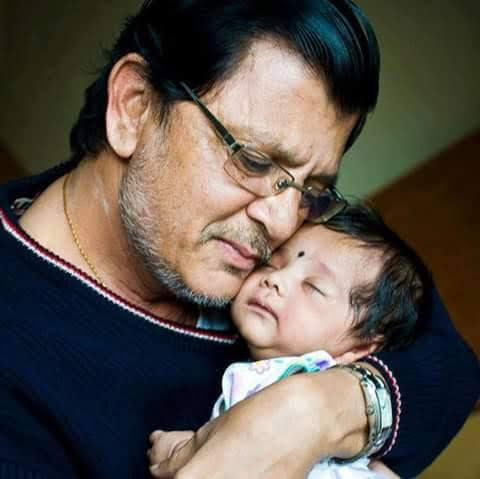Devi‘s Head fell in Vaishnav Devi near Kangra, Himachal Pradesh.
There are versions that it the place where The Devi’s Tongue fell.
Here The Goddess called Jwalamukhi, Flamng Face,is with a Flaming Mouth.
“Jwalayam Vishnavi devi, Gaya Mangalya gourika //’ Ashtadasa Stotram Ad Shankaracharya.
The Emanating Flames are worshiped as the manifestations of the different forms of Goddess Jwala Maa.
The Nine flames are,
Maha Kali,
Annapurna,
Chandi,
Hinglaj,
Vindhyavasini,
Maha Saraswati,
Maa Ambika and
The Fires continue to burn without any Fuel being added.
Mughal Emperor Akbar visited this Temple to verify this.
How To Reach.
By Air: Gaggal airport, also known as Dharamsala airport, in Kangra valley is about 40 km away from Jwalamukhi. This airport connects domestic flights to Delhi. International travelers have to connect through Delhi Airport, which is about 450 km away from Dharamsala. Delhi Airport is connected to all major cities in India and abroad.
By Road: Regular bus services ply regularly from several cities to Jwalamukhi and Kangra. Private luxury buses are also available from Delhi and other north Indian cities.
By Rail: Nearest railway station is Kangra Mandir but all trains do not stop here. The nearest railhead is Pathankot, about 85 km away from Dharamsala. Pathankot is well connected to all major cities in India.
Temple Timings.
The Legends:
One is known to all, that of Daksha Yaga and Sati immolating herself.
According to another legend, the Goddess appeared in a dream to a Brahmin in faraway South India, and directed him to proceed to the hills of Kangra in the shadow of the Dhauladhars and search for small tongues of flame leaping from the ground. The Brahmin, it is said responded discovered the sacred spot and in due course of time, erected a temple. Some people believe that Jwalamukhi represents the flaming mouth of Jalandhara, the demon whom Lord Shiva crushed to death by placing on him a huge mass of mountains.
Dhyanu Bhagat is well known devotee of Maa Durga. It is him who spread Devi Mata’s name. He lived at the time of the Mughal Emperor Akbar. Dhyanu Bhagat was going to Jwalaji with a group of pilgrims. Akbar summoned him to his court to inquire into the nature of their Goddess. Dhyanu Bhagat told him She is all powerful and answers the prayers of Her devotees.
To test Her power Akbar cut off the head of Dhyanu’s horse ordering him to have the Goddess put it back. Dhyanu went to Maa Jwalaji and prayed day and night to no avail. Out of desperation he cut of his own head and offered it to Devi Maa. She then appeared to him riding a lion. She reconnected both his head and that of the horse. Devi Maa also offered Dhyanu Bhagat a boon. He requested that it should not be so difficult for pigrams to show their devotion. Mata said that in the future if someone offered a coconut she would accept it as if they had offered their own head. To this day people continue to offer coconuts to the Goddess in Her temples all over the world. After the knowing that the head of horse is reconnected, Akbar the great Mughal Emperor visited the temple. The water course which today drips into a tank in the temple premises is said to have been constructed by Akbar in an attempt to douse the jets of flames in the temple.
The story goes that when the flames refused to be vanquished by the water channel specially constructed for the purpose, Akbar with utmost humility, became a devotee of the Goddess, and overcome by emotion, presented a chattra (umbrella) of gold to the Goddess. But when leaving, the Emperor looked back with immense pride at the valuable gift that he had made to the Goddess, and was mortified to find that the gold had turned into copper! Later Akbar’s son Jahangir invaded the Kangra valley and after seeing Jwalamukhi, wrote in his Tuzk (memories) near the temple and on the slope of the hill there is a sulphur mine and its heat causes flames to continually burst forth. They call it Jwalamukhi(flaming face or fiery mouth), and regard it as one of the idol’s miracles. Jahangir goes on to relate the legend of Shiva and Parvati and other stories connected with Jwalamukhi.
Citation:







Leave a comment